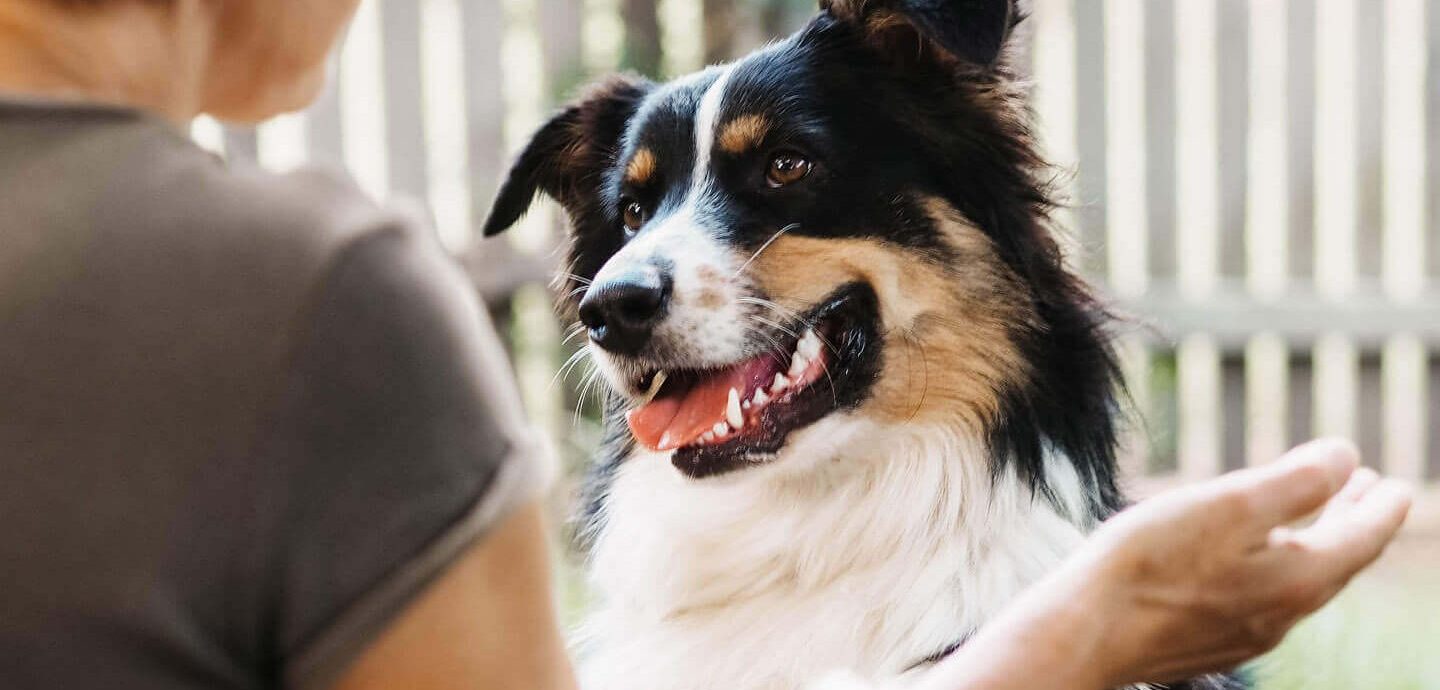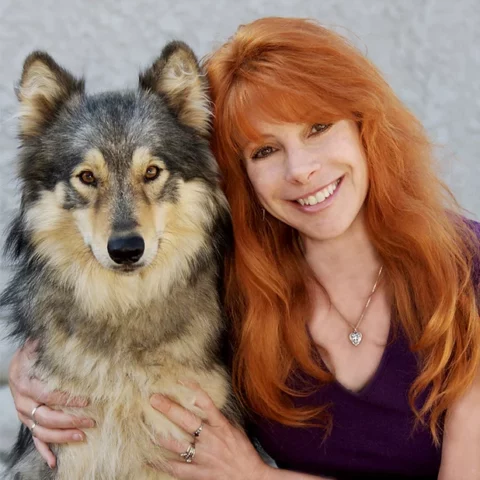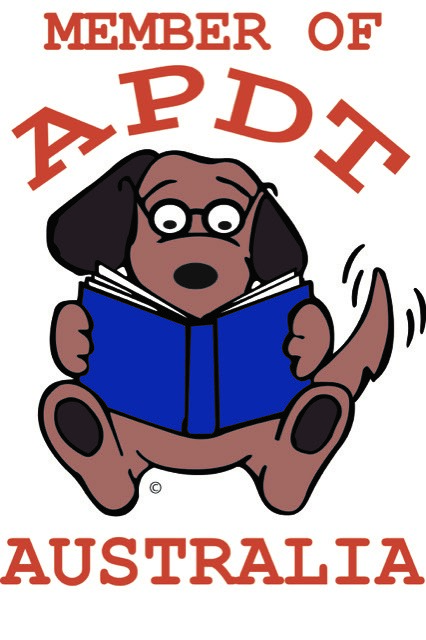Dogs should be part of the family. Some of us bring home a new pup for our children to grow and play with, while others rescue a deserving adult dog from a shelter or rescue group. Adopting a loveable, wriggling bundle of fur is an exciting experience for everyone. But somewhere in-between all that happy commotion, rules and boundaries should be set so children and dogs can continue to play safely and happily for years to come.
Every dog should learn not to jump on, nip, or otherwise potentially injure any child or adult. A professional trainer can help in that respect. But your dog isn’t the only one who needs training! Children must be taught what’s appropriate and what’s not when interacting with dogs. In addition to teaching your own children, a quick briefing for visiting kids can help to prevent accidents. Above all, keep in mind that no matter how well behaved your children are around animals, no small child should ever be left alone with a dog.
Teach your kids to be aware of canine body language. A sudden stiffness in the body, “hard eye,” curled lip, growling, snarling, or raised hackles are a warning to stay away. Ears pinned back against the head or a tail tucked between the legs indicate fear. A dog whose tail is held parallel to the floor and is wagging loosely is usually happy, but if the tail is held low and wags quickly, it could indicate anxiety; held high and waving in a tight arc could signal aggression. This lesson will serve your kids well not only with their own dog, but with unfamiliar dogs they may encounter.
Human body language is important as well. Children should never stare intently into a dog’s eyes, as a direct stare is a threat in the animal kingdom. Hovering over a dog, or going to pet with a palm-down motion over the dog’s head may frighten the dog. Startling or cornering a dog is also potentially frightening, and any dog that is sufficiently scared might bite. Instead, teach kids to approach slowly and gently, holding their hand in a fist below the dog’s nose level so it can sniff, then petting the dog on the chest or the side of the face.
With a newly adopted adult dog, teach children not to approach while the dog is eating, or when he has a bone or chew toy. Children are, unfortunately, often the first to discover that a dog has resource guarding issues. With young puppies, preventive measures are in order. Assuming your young pup has never shown discomfort or aggression with someone approaching as he eats, have your child walk up as the pup is eating and drop bits of cheese, hot dog or other yummy special treats into the dish. This will teach the pup to equate the approach of kids while eating with good things, rather than triggering the need to guard. Also, on the “do not disturb” front, teach the wisdom of letting sleeping dogs lie. A dog that is startled out of a deep sleep might snap or bite.
It might seem like a great idea to a five-year-old child to ride Murphy the Labrador like a pony, or to pull Tiny the terrier’s tail. Teach kids to never hit, poke, pull on, or try to “ride” a dog. Hugging is another common action that can lead to trouble. While many dogs tolerate hugging and some even enjoy it, many don’t. Unless you absolutely know your dog loves being hugged, teach kids not to do it, and never to try it with unfamiliar dogs. Don’t let kids play too roughly with the dog, either. It’s one thing for adults to play hard if they can monitor arousal levels and calm the dog down when he’s becoming over-stimulated. Kids don’t have that knack, and things can easily escalate, resulting in injury. Even a dog that doesn’t mean to can injure a child in rough play.
Most puppies and some adult dogs nip. That’s normal puppy behavior, but the way kids react can influence the frequency and intensity of it. Teach kids not to flail their arms or run and scream when Murphy gets mouthy. This is a tough one! Most dogs have a strong “chase drive,” meaning if something is running, their instinct is to chase it. Teach kids instead to “be a tree” by folding their arms, tucking hands into their armpits, and standing still without looking at the dog. Doing so signals to the dog that all the fun is over, and often results in the dog wandering away to look for a more interesting playmate.
Take the time to teach your kids these basic rules. Doing so will go a long way toward ensuring a loving, successful relationship for both two-legged and four-legged family members.
©2002 Nicole Wilde





